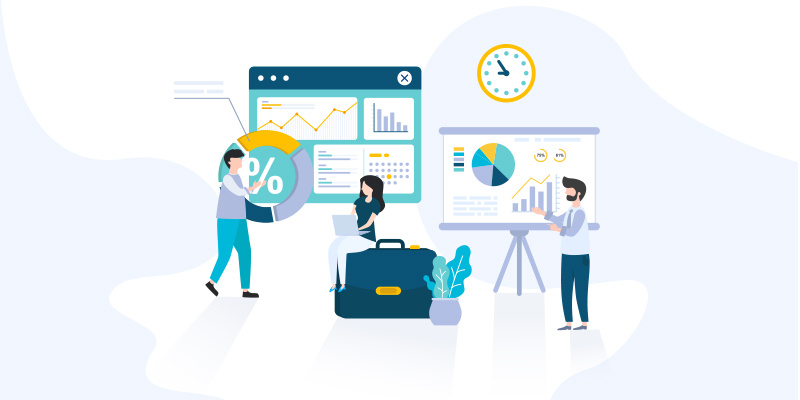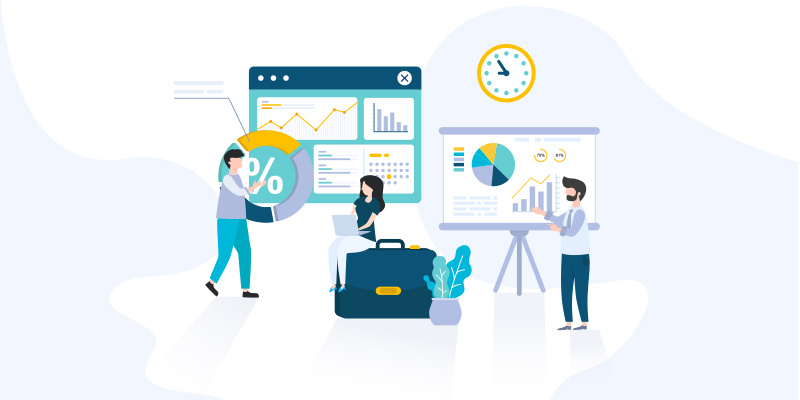 Domains are the fundamental building blocks for reporting in SumTotal.
Domains are the fundamental building blocks for reporting in SumTotal.
The SumTotal Advanced Reporting User Guide describes them as a metal layer between the reports and the reporting database. That’s a techie’s way of saying that complex data is organized in a way that makes it easy for report authors to use it without having to perform the queries, joins, and calculations to extract data from the database. A domain functions the same way as a database view in Oracle or SAP ABAP.
SumTotal provides domains that enable you to satisfy most of your reporting needs. Each delivered domain can be used for multiple purposes.
You will probably find some business use cases where a delivered domain will not contain the data you need. Custom domains allow you to create data sets to satisfy information needs not covered by the delivered domains.
Topics
A topic in SumTotal is, in effect, a view of data in a domain. It contains data you choose from a domain, using filters to control what data it displays.
In general, the topic is best used for specific business use cases, where you only need some data fields in a domain. You can allow user input and allow users to select which data they want to see.
Comparing Domains and Topics
This comparison may help you to choose whether you want to base your reports on a topic or a domain. These are generalizations based on our experience. Your uses and structure may differ from ours.
|
|
Domain |
Topic |
|
Audience |
Power users who understand the data structure and Structured Query Language. |
Business users who want to explore their own data and create reports for themselves or their business units. |
|
Purposes |
Reports and dashboards for end users using the Ad Hoc Editor or Jaspersoft Studio. Create topics for business users who create reports. |
Reports and dashboards for end users using the Ad Hoc Editor and Advanced Reporting. |
|
Use Cases |
Multiple use cases in broad subject areas and functions. |
Single use case or a narrow scope of use cases. |
|
Functions |
Data aggregation, joins, calculations, and data manipulations that would slow down or prevent report processing. |
Multiple filtering, custom column headers, user input functions, and user data selection tools that do not require programming skills. |
Tips for Success
The free training that SumTotal provides would get you started on the road to successful reporting that we would offer some additional tips that will make the road a bit smoother.
- Don’t skimp on training. Make sure every person has the required training for their role in reporting. Require and provide ongoing training as much as possible so they continue to learn and grow in their roles.
- Make sure everyone with a role in reporting has the latest SumTotal Advanced Reporting User Guide. It is always available at SumTotal Connect.
- Send your report analysts and authors to SumTotal conferences where reporting and analytics will be discussed.
- Design reports for the skill level of end-users. Some users will want reports that give them exactly what they want. Others will want to do their own exploration.
- Get involved in your organization’s data governance. If you don’t have a data governance function, get the conversation started. Your CIO may be waiting for someone like you to show interest.
- You can get yourself up to speed on data governance with the free training and resources at the Data Governance Institute.




Leave a Comment